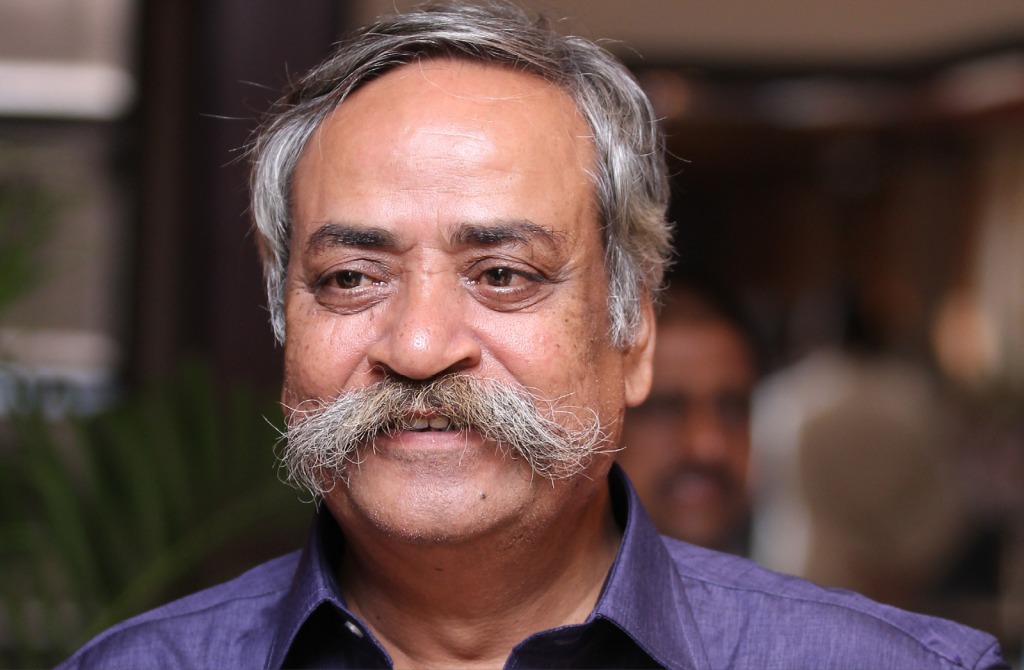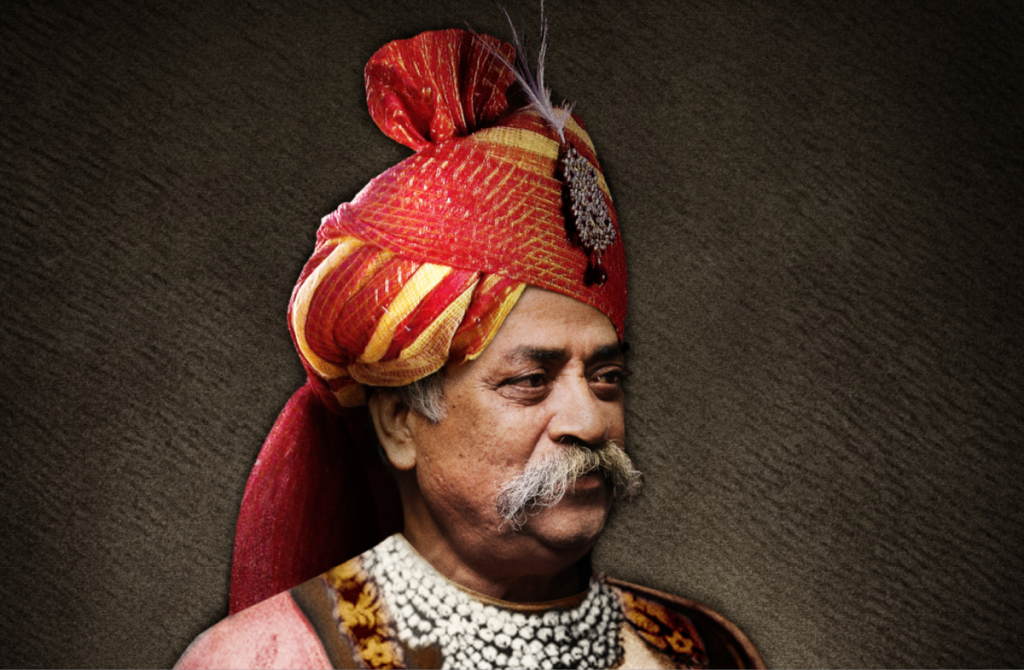By Piyush Pandey Chief Creative Officer, Worldwide & Executive Chairman, India, Ogilvy, India
I have been brought up to stand up for my beliefs, for my point of view and what I think is right. It’s not always been easy to do so because if you stand up for your views that conflict with those of your seniors or your clients, your neck would most certainly be on the line.
… How does a rookie argue with a creative director or a branch head or a marketing director?…
The difference of opinion is not rebellion or disrespect – it’s only deep conviction that your view is better, or more apt. It can happen with a father and a son or a father and a daughter, when the child feels that there is a better way to deal with something. If the child is completely convinced, it could also stand up against the parent. But how can one argue without appearing to be both disrespectful and rebellious?

In a creative profession, this is a situation one faces often, especially in the early stages of one’s career. How does a rookie argue with a creative director or a branch head or a marketing director?
However difficult it may be, if you are convinced that you are right, then you should stand up for your beliefs. Having said that, one has to deal with the situation with sensitivity, tact and confidence.
Much will depend on the impact that your confidence and conviction can make on your audience.
It’s tougher when the difference of opinion is with a mentor of your immediate seniors, as was the case with a pitch campaign for Tata Cement. In the early nineties, the team led by me worked on what we thought was a great campaign for over a month, and we were really convinced that we would win. Before the presentation to the client, we had to showcase the work to our own strategy review board, comprising Mani Ayer, Roda Mehta and Suresh Mullick, which oversaw all work that was considered important to the agency.
Normally, the work would have been reviewed at an earlier stage, but for reasons I cannot quite remember, this review was put off till just a couple of days before the presentation to the client.
However, difficult it may be, if you are convinced that you are right, then you should stand up for your beliefs.
… When we presented the work to the board, it was rejected as rubbish. In fact, they believed that the work was so poor that it was beyond repair, and that we had to go back to the drawing board…
When we presented the work to the board, it was rejected as rubbish. In fact, they believed that the work was so poor that it was beyond repair, and that we had to go back to the drawing board. I was livid; here was a group of people who had passed judgement on work that they had no involvement in, rejecting what my team and I were immersed in, and believed in intensely. Worse, none of them had seen the work-in-progress over the past month and the consequent iterations. If any of the board members had been involved from the outset, we wouldn’t have been in this sorry state.
Seething, I told the board that if the work was rejected, I rejected the rejection. I walked out of the room and went back home. The board members thought this was an impulsive reaction and that I would calm down and return. I didn’t. Suresh called me on the phone a number of times, telling me that certain aspects of the campaign were good, suggesting that I meet them halfway and make modifications.

I refused to budge because of my conviction that we had created a campaign that would work brilliantly.
Finally, Suresh called, saying Mani wanted to meet me. I went to the office thinking that I was being sacked. Mani and I had a brief conversation. All he said was, “If you’re so convinced, we’ll go ahead with it.”
Of course, what was unsaid was that I would be history if we didn’t win the pitch!
… I went to the office thinking that I was being sacked. Mani and I had a brief conversation. All he said was, “If you’re so convinced, we’ll go ahead with it.”
We finally went for the pitch with no change. When we reached Tata Cement, we learnt that we would be the last but one (out of nine agencies) to present. As soon as we finished our presentation, Aditya Kashyap, the managing director of this new company called Tata Cement, walked up to me, gave me a hug and said, “The business is yours.”
… Perhaps the Tata Cement win was a turning point in my career in Ogilvy and in my life as a creative professional…
I understand that the pitch stopped with our presentation; Aditya didn’t want to see any of the remaining pitches.
To Mani’s credit, he never held the incident against me, and he gave me the impression that he believed that I had rebelled. On the contrary, he magnanimously said, “The boy was right.” In hindsight, I’d say that he started respecting me more after this incident.
The Tata Cement pitch only reinforced my belief that, if one is convinced about an issue, one has to stand by the conviction. I could have been sacked, and considering the stature of Ogilvy and of the members on the review board, being sacked would possibly mean that I would never again get a job in advertising.
But the upside? I won an account for the agency. My conviction in my work got me noticed by Mani Ayer. Perhaps the Tata Cement win was a turning point in my career in Ogilvy and in my life as a creative professional.
This article is excerpted from Piyush Pandey’s book PANDEYMONIUM. He is passionate about cricket having played for Rajasthan. He was also a judge at the Malaysian MC2 Awards many years back as was Head of Jury at Cannes Lions.
MARKETING Magazine is not responsible for the content of external sites.











